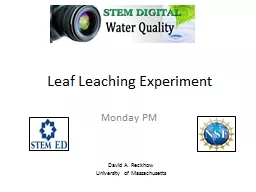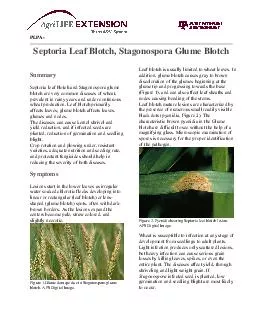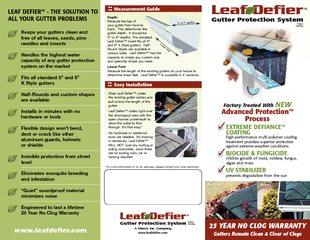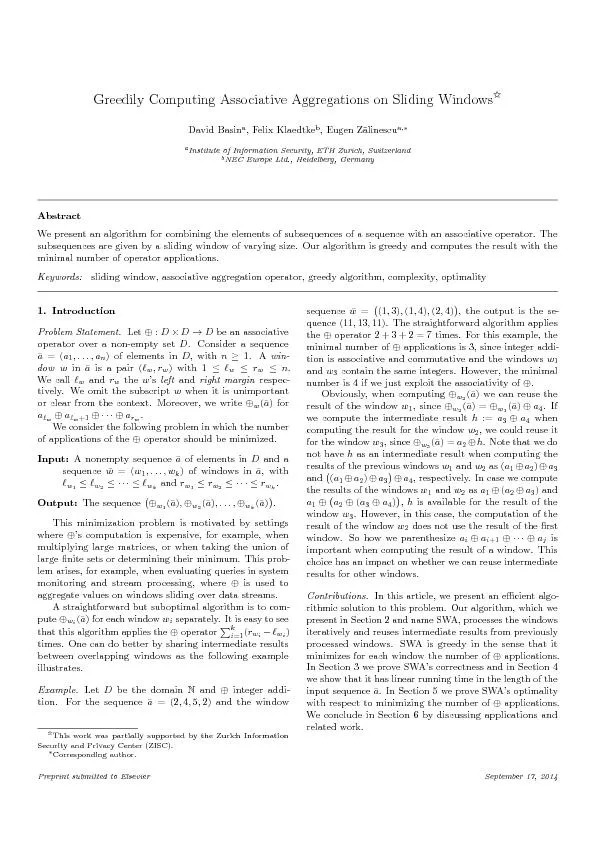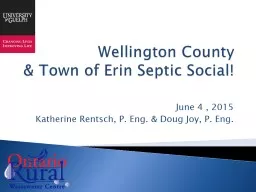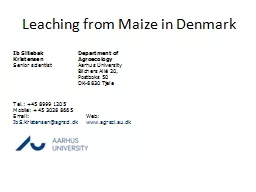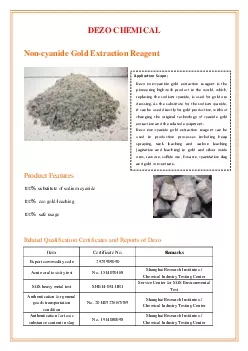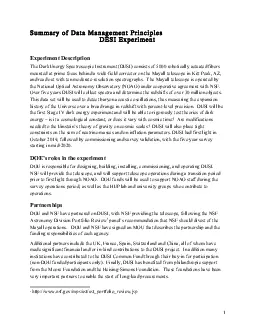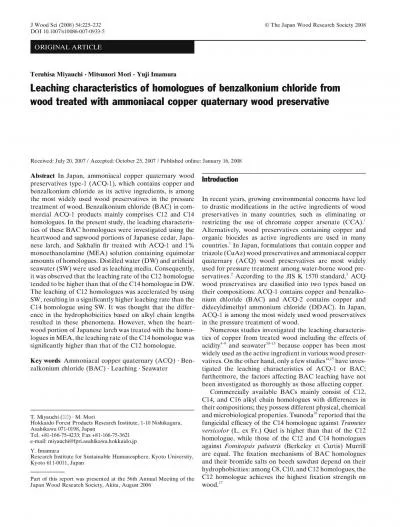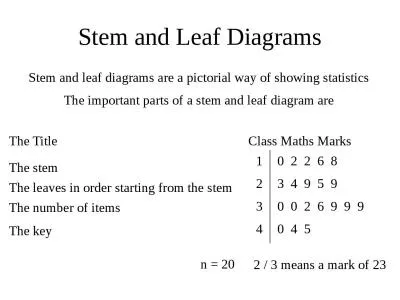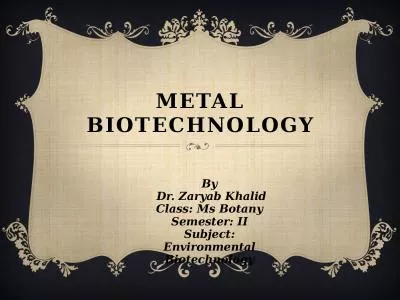PPT-Leaf Leaching Experiment
Author : test | Published Date : 2016-09-02
Monday PM David A Reckhow University of Massachusetts Introduction Water treatment engineers and public health officials need to pay careful attention to the presence
Presentation Embed Code
Download Presentation
Download Presentation The PPT/PDF document "Leaf Leaching Experiment" is the property of its rightful owner. Permission is granted to download and print the materials on this website for personal, non-commercial use only, and to display it on your personal computer provided you do not modify the materials and that you retain all copyright notices contained in the materials. By downloading content from our website, you accept the terms of this agreement.
Leaf Leaching Experiment: Transcript
Download Rules Of Document
"Leaf Leaching Experiment"The content belongs to its owner. You may download and print it for personal use, without modification, and keep all copyright notices. By downloading, you agree to these terms.
Related Documents

